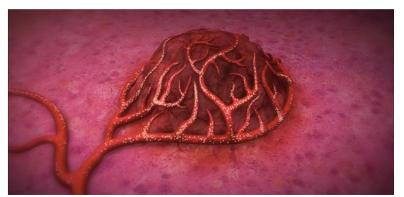Arteriogram with Intervention
"Arterio" means artery and "Gram" means picture. Before we treat anything, we create maps of your arteries using a dye that is injected into your arteries and we view its path through your arteries with the help of X-ray. We can see where the arteries are going, what they’re feeding and any obstructions or abnormalities.
Once we determine a diagnosis and proper treatment path, a local anesthetic will be administered to numb your skin. We then place a needle into the artery in your groin (femoral artery) or wrist (radial artery) using ultrasound to guide our needle.
This needle is hollow so that we can thread a wire through the needle and into the artery. We then place a sheath into the artery which is a one-way valve that allows us to maintain temporary access into the artery without any blood loss.
From here we may perform:
These procedures are done with moderate sedation at our facility and recovery time is minimal. A closure device is used to seal your artery which decreases recovery time and can cause some bruising or soreness at the access site.
Once we determine a diagnosis and proper treatment path, a local anesthetic will be administered to numb your skin. We then place a needle into the artery in your groin (femoral artery) or wrist (radial artery) using ultrasound to guide our needle.
This needle is hollow so that we can thread a wire through the needle and into the artery. We then place a sheath into the artery which is a one-way valve that allows us to maintain temporary access into the artery without any blood loss.
From here we may perform:
- Balloon Angioplasty: This means to use a balloon to open a narrowing or blockage in an artery. This is performed with a specialized catheter with an elongated balloon or its tip that is then inflated.
- Atherectomy: This means to remove plaque buildup in the arteries and is most commonly done in the legs, but can also be done in the heart. This is performed with specialized catheters that have laser or grinding functionality.
- Stent Placement: If angioplasty or atherectomy aren’t successful in restoring flow through an artery, a stent, or a tube made of metal wire, is placed to keep the vessel open. This is a permanent implant.
These procedures are done with moderate sedation at our facility and recovery time is minimal. A closure device is used to seal your artery which decreases recovery time and can cause some bruising or soreness at the access site.





